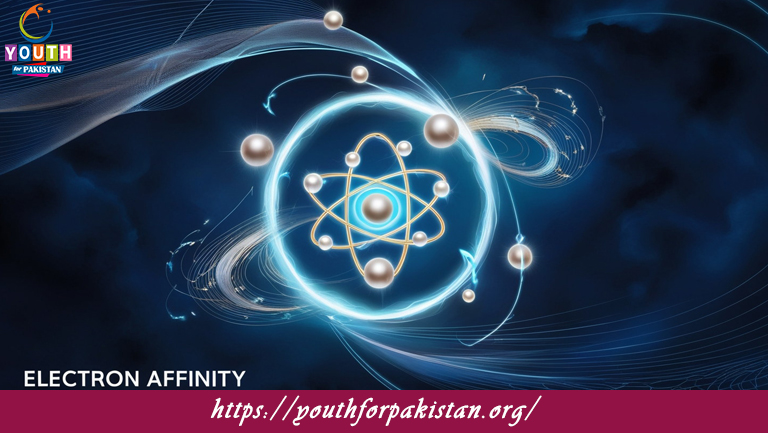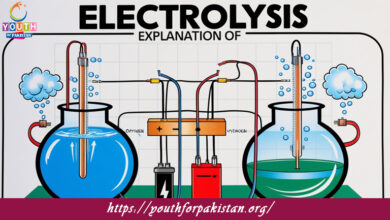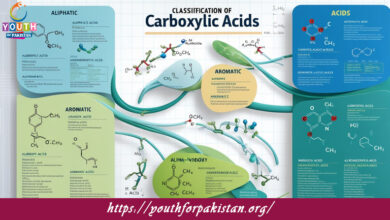Electron Affinity MDCAT Quiz with Answers

Electron Affinity MDCAT Quiz: Released when an atom in the gas phase gains an electron to form a negatively charged ion, anion. Electron affinity helps determine how easily an element can accept an electron and form an anion, which is very important in understanding the reactivity of nonmetals. A strong understanding of electron affinity is essential for answering questions in the MDCAT Quiz, particularly those related to trends in the periodic table and the formation of ions.
H2: Trends in Electron Affinity
In general, electron affinity will become more negative as you go across a period from left to right. That is, as atoms get smaller, the added electron is more strongly attracted to the nucleus, and more energy is released. Of course, there are exceptions, notably the noble gases and group 2 elements, whose electron affinities are low due to their full valence electron shells. As you go down a group, electron affinity tends to become less negative. This occurs because the atomic radius increases, and the added electron is farther from the nucleus, resulting in less attraction and less energy released when an electron is gained. The trends in electron affinity are very important in the understanding of the chemical behavior of elements in reactions, especially among the halogens and other nonmetals.
H3: Electron Affinity Quiz
The MDCAT Quiz on electron affinity will test the ability of students to predict and explain trends in electron affinity across periods and groups. Students will be asked to make comparisons regarding the electron affinities of different elements, identify exceptions to the general trends, and understand the implications of electron affinity in chemical bonding and reactivity. Practicing with such questions will help students develop a deeper understanding of electron affinity and enable them to answer related questions confidently in the MDCAT exam.
H3: Free Flashcard for Electron Affinity
In order to reinforce their learning of electron affinity, MDCAT students can use the Free Flashcard on this subject. These flashcards contain concise summaries of trends in electron affinity, the factors that affect it, and exceptions to the general periodic trends. Regular reviewing of the flashcards will enable students to retain important information and apply it effectively in solving electron affinity-related problems. This is particularly useful for efficient revision, ensuring that students are well-prepared for any questions related to electron affinity on the MDCAT exam.
Experience the real exam environment with our expertly designed collection of over 25,000 MCQs MDCAT Mock Tests.






